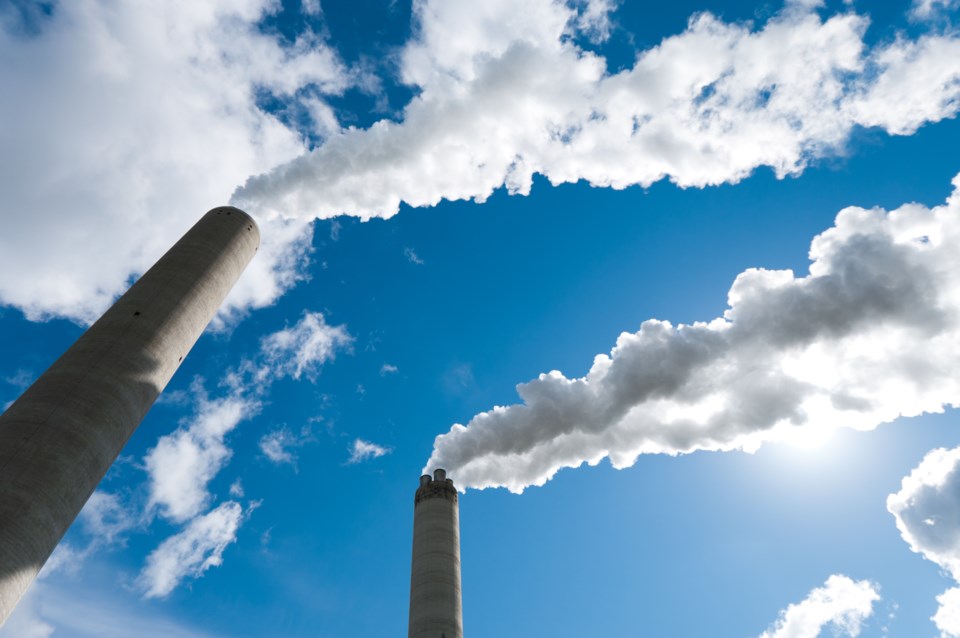CollingwoodToday welcomes letters to the editor at [email protected]. Please include your daytime phone number and address (for verification of authorship, not publication).
*************************
The next time you walk through Canadian Tire, Walmart, Best Buy or another similar store, pick stuff off shelves and check where it was made. At least 80 per cent will be 'Made in China' or 'Made in PRC' (PRC = People’s Republic of China).
If you do this in your supermarket, you may be surprised to discover how much food originates in China. Our last package of frozen edamame (soy beans) was Chinese, yet soy beans are one of Canada’s large export crops. Not long ago, you could only find Ontario-grown fresh garlic in a farmers' market.
If you bought a Buick Envision, Cadillac CT6 plug-in hybrid, Ford Focus, or Volvo C60 Inscription, you are driving a Chinese-made vehicle. Even if you drive something else, it is likely to contain Chinese-made parts — electric motors, switches, wiring, etc.
Certain classes of goods, like dolls and stuffed animals, are virtually all Made in China, as are pots and pans, kitchen utensils, microwaves, toasters, cellphones, etc.
You may think that this will be a China-bashing essay. I promise you it is not.
The COP 26 Climate Change meeting just finishing in Glasgow has been in the news, and it is clear that the world’s two top greenhouse gases emitters are (No. 1) China and (No. 2) the USA. Unfortunately, Canada doesn’t get a pass because; on a per-person basis, our emissions are six per cent higher than those of Americans, and over the past 30 years our emissions decreased by three per cent while the USA has reduced by 21 per cent, Germany dropped by 33 per cent and Great Britain has nearly halved theirs.
On the other hand, Chinese per-capita emissions have soared by 330 per cent over the same time period. Their huge population explains why they lead the world in emissions.
But go back to the first part of this essay. Over the past 30 years, Chinese factories have become the world’s workshop, manufacturing the majority of what we buy in our retail shops. In other words, we have outsourced manufacturing emissions to China. What we used to make within our borders is now made overseas, largely in China. The same is true for the USA and many other countries. This is how the hard-working Chinese pulled themselves out of poverty to become a “middle-income country."
What this means is that a substantial portion (around 20 per cent) of China’s greenhouse gas emissions are created making goods for us – effectively on our behalf.
To power this immense industrial expansion, China built coal-fired electricity generating plants, and continues to do so – more than any other country. Despite the fact that China leads the world in installing renewable energy (wind and solar), their greenhouse gas emissions continue to soar, increasing more rapidly than those of any other country.
Oddly enough, the problem is us. We (our industry) has moved manufacturing facilities to (mainly) Chinese factories in search of increased sales driven by low prices and leading to higher profits. However, even if the factories operate at the same level of efficiency and use the same amount of electricity to make stuff, due to where the electricity comes from, the product would yield half the carbon emissions if made in the USA or one-quarter the amount if made in Canada. (Canada’s electricity is over 85 per cent carbon-free – the lowest carbon electricity in of any mid-size country.)
Unfortunately, China beats us — the West — on price largely due to cheap labour and lax enforcement of environmental standards.
One of the best ways to reduce our personal greenhouse gas footprint would be to avoid buying “stuff," particularly products that cannot be re-used. The next best way would be to buy products made in countries with a better record on emissions; and our own country is one of the best.
These products may cost more, but I believe they are good value because they employ our friends and neighbours but particularly for our children and grandchildren who will benefit from a cooler planet.
Peter Bursztyn
Barrie
*************************



